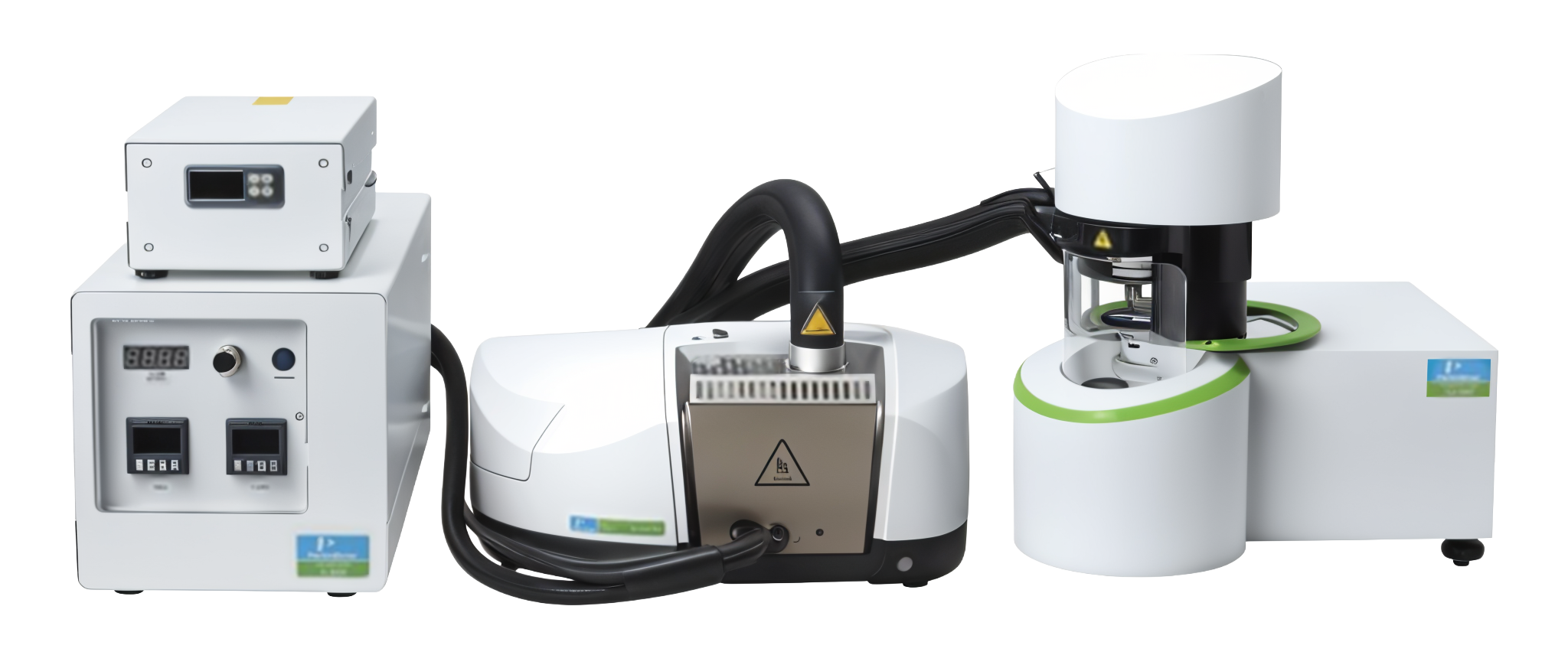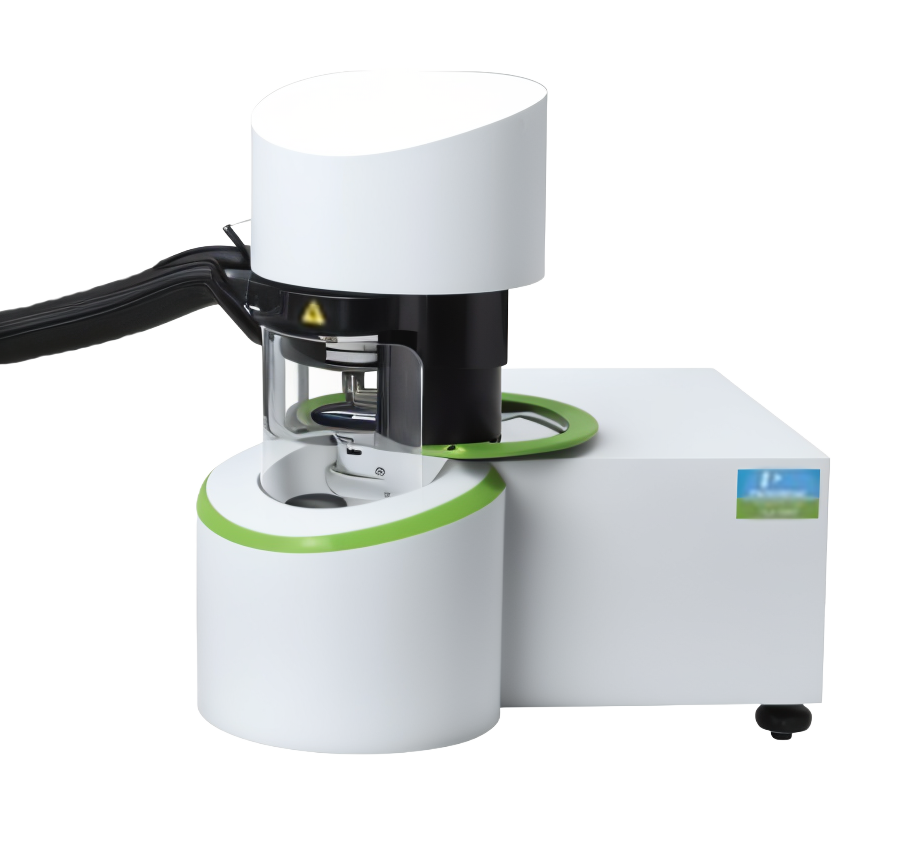PIC07 Thermogravimetric Analysis & Fourier-Transform Infrared Spectroscopy

TGA & FTIR
Core Functions & Features
- Spectrum Two FT-IR Spectrometer
1. High resolution of 0.5 cm⁻¹ with signal-to-noise ratio (SNR) up to 9,300:1 (LiTaO₃ detector); optional DTGS upgrade enhances SNR to 14,500:1
2. Dynascan™ interferometer design with AVC atmospheric compensation and APV automatic performance verification for long-term stability
3. Wide compatibility with multiple sampling accessories (UATR, HATR, diffuse reflectance, specular reflectance) for flexible applications
- TGA 8000 with Autosampler (Thermogravimetric Analyzer)
1. Temperature range from −20 °C to 1,200 °C with weight precision up to 1 µg
2. Automated autosampler system for continuous multi-sample processing, increasing throughput
3. Coupled with FT-IR for real-time analysis of thermal decomposition products, providing detailed chemical structure information
- Hyphenation Module
1. Simultaneous acquisition of mass change curves and decomposition product spectra in a single experiment, reducing sample preparation and analysis time
2. Applicable to material research, quality control, and failure analysis across various scenarios
Applicable Fields
- Magnetic bead QC validation: identification of surface chemical modifications (FT-IR confirms functional group integrity)
- Material stability evaluation: thermal stability testing under storage and high-temperature transport conditions; monitoring long-term storage impact on magnetic bead performance
- R&D and failure analysis: comparison of novel silica-coated or polymer-modified formulations; tracing root causes of batch failures (e.g., incomplete surface coating or organic layer degradation)
Performance & Achievements
- Implemented in magnetic bead modification validation workflows, with FT-IR confirming 100% accuracy of functional group modification
- TGA thermal analysis completes organic layer content testing within 30 minutes per batch, reducing analysis time by 50% compared to traditional methods
- TG-FTIR hyphenated analysis provides both thermal decomposition curves and evolved gas chemical profiles in one run, improving R&D and QC efficiency and accelerating new DNA extraction bead formulation development







